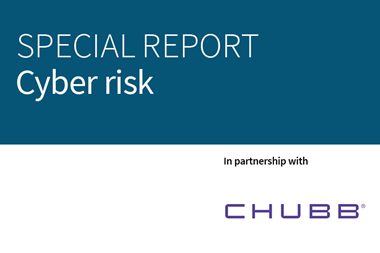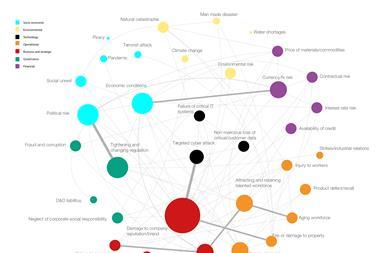ACE’s latest report, launched at the European Captive Forum, urges risk managers to consider their insurer’s capability to manage complex multinational risks

Risk managers at multinationals should re-examine the capabilities of their global insurers as the international regulatory and business environment grows increasingly complex, according to ACE.
The insurer’s latest research report, Structuring multinational insurance programmes – anticipating emerging global challenges for captives, suggests that 70% of European risk managers have increased their use of captive insurance in the past three years to help manage their multinational risks.
ACE executive vice-president global accounts and co-author of the report, Suresh Krishnan, said that in addition to financial strength, underwriting acumen and price, captive owners should consider their insurer’s use of leading-edge technology to effectively manage programme performance.
He said: “Transparent claims service standards that are agreed before the programme is bound; metrics that objectively measure the performance of local premium payments and local policy issuance; a clear credit-risk methodology and broad breadth in compliance know-how, are all equally important aspects of an insurer’s global capability and, ultimately, of a successful captive insurance programme.”
The report, which was released during the European Captive Forum in Luxembourg, sets out key themes for captive owners to consider when implementing a multinational insurance programme, including:
- Prioritising transparency of documentation and cash flow
The emergence of a complex array of rules in the diverse markets in which global companies operate – including rules concerning local policy issuance, ‘premium withheld’ obligations, and local currency export restrictions – means that captive owners increasingly need to seek insurance partners who will work with them to build multinational insurance programmes that comply with local requirements.
- Evaluating the implications of increasing international scrutiny of tax, capital, and solvency issues
European captive owners should be aware of and ensure that they work with an insurer that understands the potentially significant increase in the capital and compliance requirements imposed on them by developments such as US FATCA legislation, the emergence of gross reserving requirements in certain markets and the uncertainty posed by Solvency II.
- Ensuring that the ability to value, adjust and pay increasingly complex claims across borders is incorporated within the multinational insurance programme
European risk managers are experiencing more claims outside their home market, according to ACE’s research. To manage this increase, it is imperative that they work with insurers that can help them to deliver transparency in surveying, valuing and paying multinational insurance claims, with transparent and timely loss reporting.
- Understanding the implications of a multinational insurance programme on captive credit exposure and discussing credit risk fully with global insurers
Changes in a company’s international exposures, coupled with the potential effect of Solvency II on the capital-adequacy requirements for European captives, could cause insurers to re-examine a “no-collateral” reinsurance programme. The implications of credit risk should therefore be thoroughly discussed before a multinational insurance programme is implemented.




















No comments yet